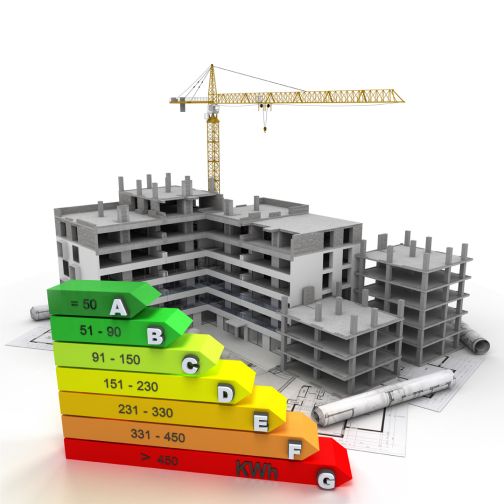Part l update 2019 building compliance primary energy

Staying on target – Combining nearly zero energy buildings and low carbon HVAC solutions
Nearly zero energy building - Primary energy compliance and our low carbon future
Towards the end of 2018, the Government announced that there would be an update to Part L and Part F of the Building Regulations before the end of 2019.
This date was not picked by chance.
The European Union’s (EU) Energy Performance of Buildings Directive (EPBD) (which the UK must comply with regardless of our potential exit from the EU) sets a target for all new developments to be nearly zero energy buildings (NZEBs) by the 31st December 2020.
Achieving NZEBs in the UK is becoming a realistic target for new developments, as recent updates to regulations have significantly progressed the extent to which the NZEB criteria are addressed, moving new buildings towards energy efficient, lower carbon technologies. The challenge in compliance comes not from the availability of technology to specify, but from the EU’s preferred measurement of this achievement: Primary energy.
Article 2 of the EPBD defines a NZEB as ‘a building that has a very high energy performance, where the very low amount of energy that is required is covered to a very significant extent by energy from renewable sources, including energy from renewable sources produced on-site or nearby’.
What does Primary Energy mean for Building Compliance?
New developments in the UK currently achieve compliance through meeting carbon emission targets, which is helping towards the achievement of the Carbon Budgets.
However, with NZEBs being measured in primary energy this will need to change, and the inclusion of a new metric for Energy Performance Targets will be used to assess a building’s total primary energy use.
Primary energy may not be the only metric applied in future UK regulations, with the potential for other indicators to sit alongside it and with the EU’s eagerness for member states to have their own renewable energy strategy (RES) as per the NZEB definition.
However, even if factors such as carbon emissions and a RES are introduced to smooth the transition, there will be a significant change in the specification approach for HVAC solutions and related elements of building design.
Primary Energy and HVAC specification: A study
In the UK, Glen Dimplex Heating & Ventilation has a dedicated team focused on understanding the potential impact that future changes could have on the specification of HVAC solutions across the built environment.
By utilising the draft SAP 10 methodology and software, we have created a desktop study on how a compliance system based on primary energy could impact HVAC specification when compared with the current carbon emissions focused approach.
Combining these results with environmental targets, Government strategies and with consideration of key industry issues, we have started to consider how the industry can practically move towards our NZEB future without regressing any of the hard-earned progress already made under the carbon emissions-focussed phase of our journey towards sustainability: Staying on target: Combining nearly zero energy buildings and low carbon HVAC solutions.
This report is available for download and we will be holding seminar events in London in September to discuss the topics contained, alongside other key industry updates and information.
Primary energy is a reflection of how much raw fuel is used to generate a unit of final energy. This includes the energy used to create, transform and transport the energy from its raw form to where it is used.
Currently, the UK primary energy factors are listed as 1.122 for gas and 1.738 for electricity. These factors are likely to be used to calculate a building’s overall energy primary energy use, with a target which must be achieved before construction can commence.








